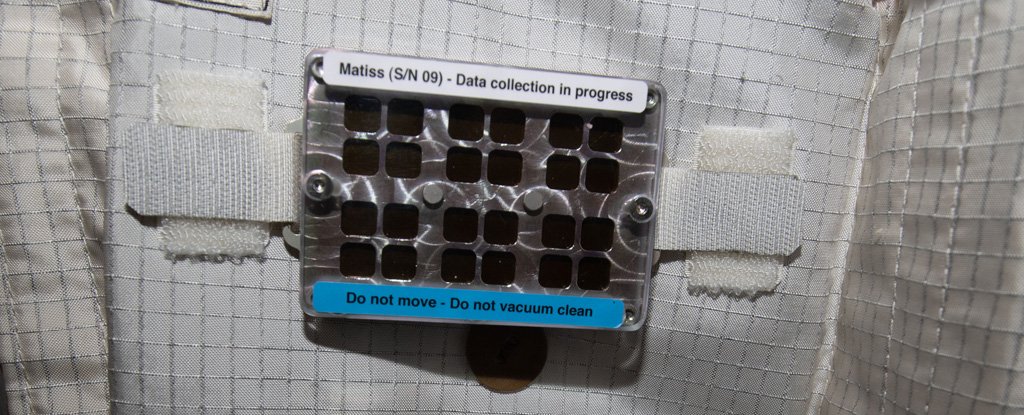
Although most of us are now more demanding when it comes to keeping our homes and workplaces clean, aboard the International Space Station, cleanliness is a must.
Antibacterial measures are of great importance, as bacteria tend to accumulate in constantly recycled air within the ISS.
Every Saturday in space is “cleaning day” where surfaces are wiped off and astronauts vacuum and pick up trash.
But there is a place on board the station where the cleanliness is negative. But don’t worry, it’s all for science.
The MatISS experiment, or the microbial aerosol binder on innovative surfaces of the International Space Station, tests five advanced materials and the extent to which they can prevent disease-causing microorganisms from settling and growing in microgravity.
MatISS has also provided information on how biofilms adhere to surfaces under microgravity conditions.
The experiment is sponsored by the French space agency CNES and was conceived in 2016. Three iterations of the experiment have been used in the ISS.
The first was MatISS-1 and had four sample holders installed over six months in three different locations in the Columbus European Laboratory module.
This provided some reference data points for the researchers, as when they returned to Earth, the researchers characterized the deposits on each surface and used the control material to establish a reference for the level and type of contamination. .
The MatISS-2 had four identical sample holders containing three different types of materials, installed in one place in Columbus. This study aimed to better understand how pollution spreads over time across hydrophobic (control) and control surfaces.
The updated Matiss-2.5 was configured to study how contamination spreads (this time spatially) across hydrophobic surfaces using modeled samples. This experiment lasted a year and recently the samples were returned to Earth and are now being analyzed.
The samples are made up of a diverse mix of advanced materials, such as self-assembling monolayers, green polymers, ceramic polymers, and water-repellent hybrid silica.
Smart materials should prevent bacteria from sticking and growing in large areas, and making them easier to clean and more hygienic. The experiment hopes to find out which materials work best.
ESA says that “understanding the effectiveness and potential use of these materials will be essential for the design of future spacecraft, especially those that bring humans into space.”
Undoubtedly, long-term human space missions will have to limit the biocontamination of astronauts ’habitats.
This article was originally published by Universe Today. Read the original article.